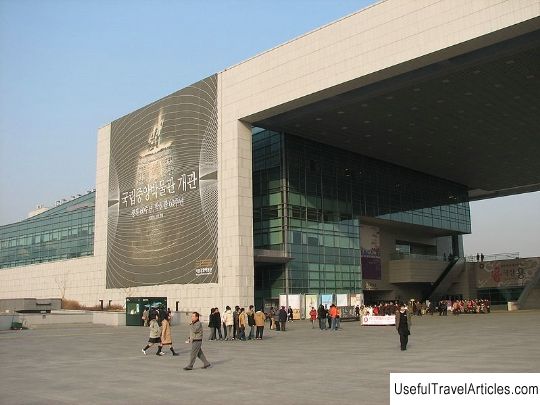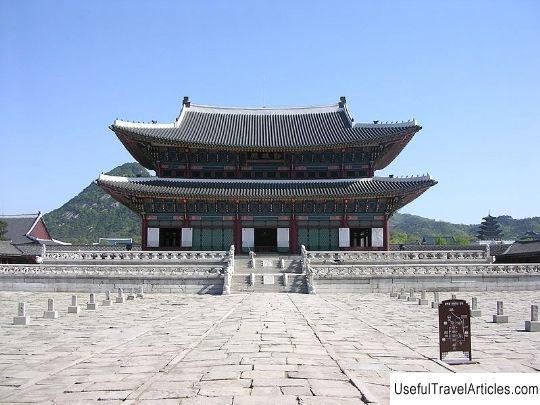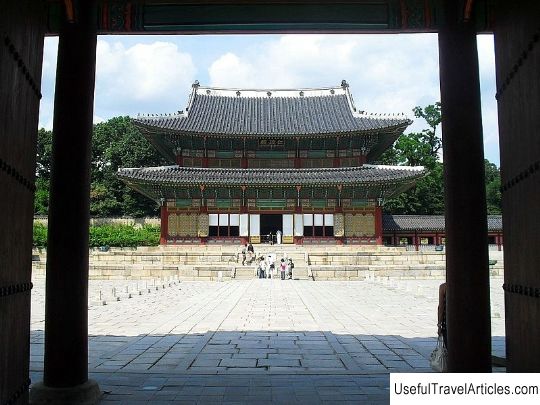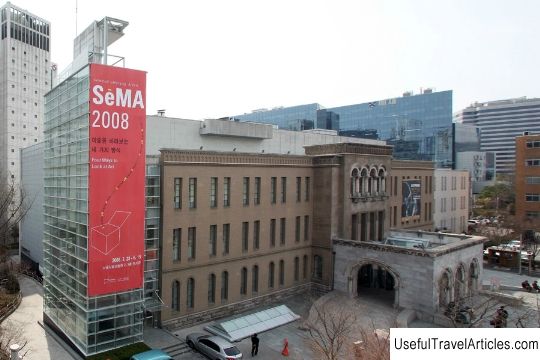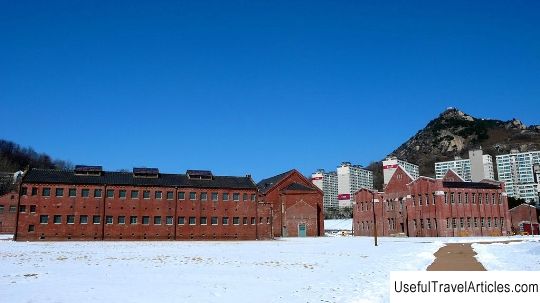Ethnographic Museum of Korea (National Folk Museum of Korea) description and photos - South Korea: Seoul
Rating: 9,6/10 (1432 votes) 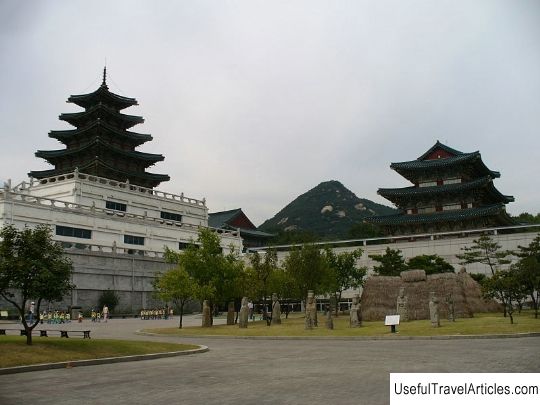
Ethnographic Museum of Korea (National Folk Museum of Korea) description and photos - South Korea: Seoul. Detailed information about the attraction. Description, photographs and a map showing the nearest significant objects. The title in English is National Folk Museum of Korea. Photo and descriptionThe Ethnographic Museum of Korea is located on the territory of the Gyeongbokgung palace complex, in the northern part of Seoul. It is worth noting that this royal palace complex was the main residence and is also the largest of the Five Great Palaces. The museum was founded in November 1945 with the assistance of the US government, and officially opened in April 1946 and was called the National Museum of Anthropology. Until 1975, this museum and the National Museum of Korea were located in the same building. It was only in 1975, when the National Museum of Korea moved to Gyeongbokgung Palace, that the Ethnographic Museum of Korea was opened in the old building of the Museum of Modern Art. In 1993, the museum changed its location again - it moved to the building that used to be the National Museum of Korea. The museum has three main exhibition halls with over 98,000 artifacts on display. The exposition of the museum is divided into three areas: the history of the Korean people (exhibits from the excavations of ancient settlements, from prehistoric times to the Joseon era), the Korean way of life (costumes, household items of ancient Koreans, tools for agriculture, hunting, fishing and much more ) and the life cycle of Koreans (the exhibits will tell about the role of Confucianism in Korean culture and the impact on cultural customs, as well as about the different life cycles of the people, from birth to death). In addition, part of the exposition is exposed in the open air. Here you can see sculptures that were believed at that time to protect the village from evil spirits, a windmill, a mortar mill, rice storage facilities.       We also recommend reading Catholic Church of St. Mary of the Angels description and photos - New Zealand: Wellington Topic: Ethnographic Museum of Korea (National Folk Museum of Korea) description and photos - South Korea: Seoul. |
